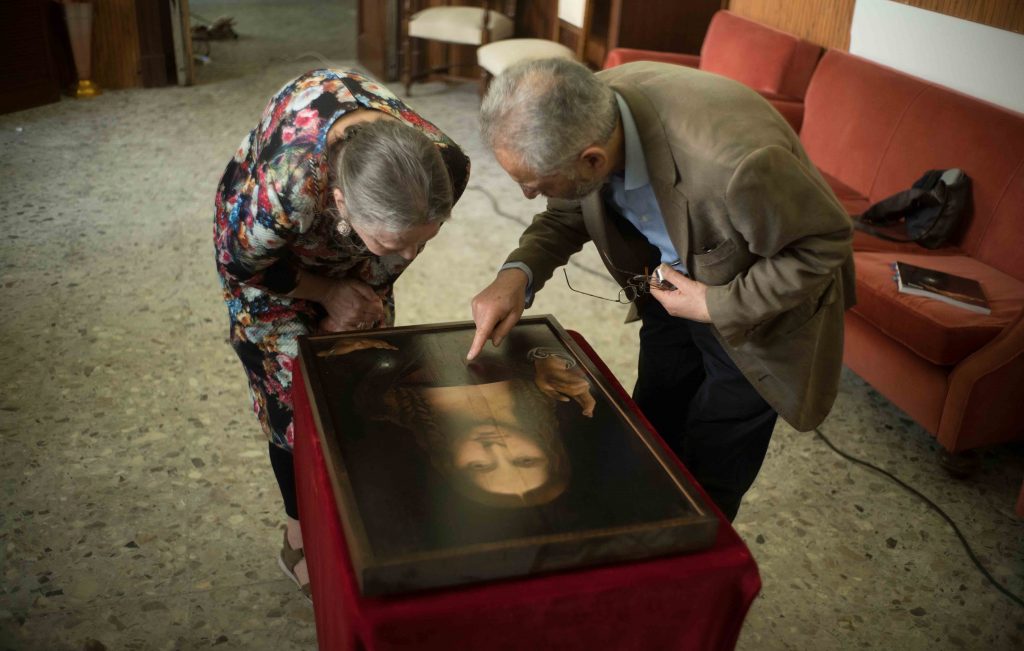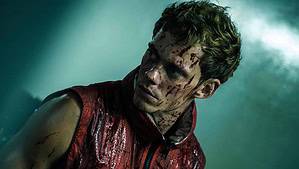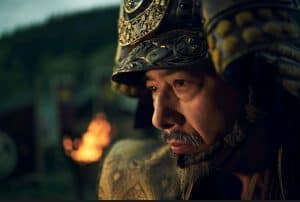Synopsis
THE LOST LEONARDO is the inside story behind the Salvator Mundi, the most expensive painting ever sold at $450 million. From the moment the painting is bought for $1175 at a shady New Orleans auction house, and the restorer discovers masterful Renaissance brushstrokes under the heavy varnish of its cheap restoration, the Salvator Mundi’s fate is determined by an insatiable quest for fame, money and power. As its price soars, so do questions about its authenticity: is this painting really by Leonardo da Vinci? Unravelling the hidden agendas of the richest men and most powerful art institutions in the world, THE LOST LEONARDO reveals how vested interests in the Salvator Mundi are of such tremendous power that truth becomes secondary.
Finding a long-lost painting from one of history’s greatest artists is an exceedingly rare event. For every authentic painting found, there are many fakes, forgeries, and copies. But what if somebody did potentially find an authentic, long-lost painting? That’s exactly what Andreas Koefoed’s The Lost Leonardo explores. There are less than 20 Da Vinci paintings widely considered to be authentic by scholars. Until, perhaps, the discovery of the Salvator Mundi.
The Lost Leonardo explores the history of the Salvator Mundi painting – including its discovery, restoration, and multiple subsequent auctions. Like most documentaries, it tells this story through a combination of on-screen interviews, b-roll footage, and dramatic reenactments. The way Koefoed combines all of these elements results in a thrilling examination of how art intersects with greed and power. Koefoed and the writers take a fairly neutral stance on both the painting’s authenticity and the controversy surrounding its multiple auctions. But those interviewed provide just enough information, context, and insight about both sides of the argument for audience members to draw their own conclusions.
The Salvator Mundi – A Lost Da Vinci Painting?
In 2005, art dealer, Robert Simon, and “sleeper hunter,” Alexander Parish, buy a heavily damaged painting at a New Orleans auction. The painting, titled “Salvator Mundi” (Latin for “savior of the world”), depicts an image of Jesus Christ. Simon and Parish hire Dianne Modestini to restore it. Through her restoration, she becomes convinced the painting is an authentic Da Vinci painting. After the restoration, a panel of experts at London’s National Gallery examines the painting. The majority of the group believes the painting to be authentic, though their opinion is never formally requested. A few years later, the National Gallery displays the painting as part of its Da Vinci exhibit, attributing it to Da Vinci, and ushering in a wave of worldwide speculation.
Koefoed and the documentary’s writers assume most viewers won’t be wholly familiar with the complexities of art restoration and authentification. So, they spend much of the first chunk of the documentary explaining these concepts. Through interviews with Parish, Simon, Modestini, and other experts and art critics, Koefoed crafts a discussion between believers and skeptics that manages to be both informative and entertaining. (There’s one soundbite from a particular critic that’s repeated quite often, and never stops being funny) Each side explains just enough of their viewpoints to allow audience members to make up their own minds about the painting. Both sides offer pretty compelling arguments, though one line of thought quickly emerges – does it even matter if the painting is authentic? Or is its perceived authenticity more important?

The Intersection of Art and Greed
At its heart, The Lost Leonardo is about the intersection of art and greed. Parish and Simon sell the painting for $83 million to a Swedish businessman, Yves Bouvier, who immediately sells it to a Russian Oligarch, Dmitry Rybolovlev, for $127.5 million. After finding out Bouvier charged him a $44.5 million markup, Rybolovlev sells the painting to a buyer (who ends up being the crown prince of Saudi Arabia, Mohammad bin Salman) for $450 million. All of that greed, betrayal, and political intrigue create this almost melodramatic atmosphere, like something out of a mystery novel. There are twists and turns, and you’re never quite sure what surprise might be around the corner. It’s sometimes difficult to track the connections between one event and another. But the movie presents its information so confidently that it’s pretty easy to just go along with it.
Koefoed and the interviewees draw a line directly from the painting’s disputed authenticity to its monetary worth – and why that matters. For the rich and powerful, owning a rare and authentic piece of artwork is less about the enjoyment of art and more about the status such ownership implies. Here, we hear from Bouvier, who’s given the chance to explain his story in his own words. And littered among that is commentary from art critics, journalists, and law enforcement, contextualizing all of these moving pieces. Not only does Koefoed manage to make all of this flow coherently, but he makes it enormously entertaining. Ultimately, it’s a pretty condemning look at this underbelly of the art world, and far more conclusive a statement than anything involving the Salvator Mundi’s authenticity.
An Overwhelming Sense of Tragedy
While I was watching The Lost Leonardo, I had this feeling of deep sadness. Because underneath all of the greed and political intrigue is this aura of tragedy. There’s a sort of injustice in the way this piece of artwork gets treated. Regardless of its authenticity, seeing people toss it aside as though it’s nothing more than an asset to be flaunted and reinvested is heartbreaking. After all, the Salvator Mundi is a piece of art, not some commodity to be sold. And it’s a feeling many of the art critics interviewed in the film seem to share. Something as potentially culturally relevant as a Da Vinci painting should be held in a museum, where the public can see it, not hidden away in some private collector’s collection.
But even more heartbreaking is Modestini’s story. Throughout all of these discussions about the painting’s authenticity, she emerges as a figure to be villainized. Restoring such a heavily damaged piece of art is a tricky, controversial thing. Some of the interviewees suggest that Modestini repainted so much of the painting in her restoration that even if it was an authentic Da Vinci, it isn’t anymore. And seeing Modestini trying to cope with these accusations against her character is heartbreaking. Koefoed and the writers don’t really pick a side, but they do give Modestini ample time to defend herself. But the whole thing is just kind of sad. Either the whole thing is an elaborate ruse, or this woman has been unfairly villainized. And either possibility is pretty upsetting.
A Story Without an Ending
Adding to this feeling of melancholy is the film’s lack of an ending. As far as most experts can tell, the current whereabouts of the Salvator Mundi are unknown. There also remains much uncertainty about the authenticity of the painting, with both sides continuing to argue their respective viewpoints. And that’s basically the note The Lost Leonardo ends on – one of uncertainty. It’s an ending that’s true to reality, but it leaves behind many unanswered questions. On the one hand, it does invite the audience to make up their own minds. But on the other hand, it’s a bit narratively disappointing. It’s kind of gutsy to end a documentary like this on such an open-ended question. But it’s sure to get people talking.
Final Thoughts
A documentary about the art world probably isn’t what most people would consider captivating viewing. But The Lost Leonardo defies these expectations. There’s never a dull moment as Koefoed bounces between talking heads, b-roll footage, and dramatic reenactments to weave together the tale of this unlikely painting. Regardless of where you fall in this debate, each side’s point of view is compelling shared. The believers spin a convincing story while the skeptics sow just enough doubt to leave the viewer uncertain. It’s almost certain that this story will eventually become some kind of award-winning movie or limited TV series someday. And I look forward to the day that happens. But for those who prefer to hear the story directly from the source, The Lost Leonardo is an excellent documentary to watch.
Rating: 4/5
The Lost Leonardo is in theaters in select cities.
Director: Andreas Koefoed
Writers: Duska Zagorac, Andreas Dalsgaard, Christian Kirk Muff, Mark Monroe, Andreas Koefoed
Producers: Christoph Jörg, Andreas Dalsgaard
Rated: PG-13
Runtime: 1h 40m








